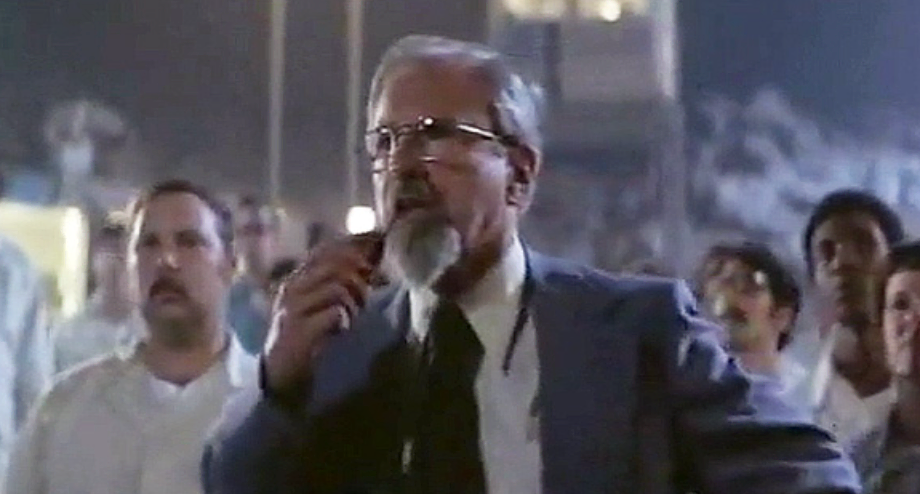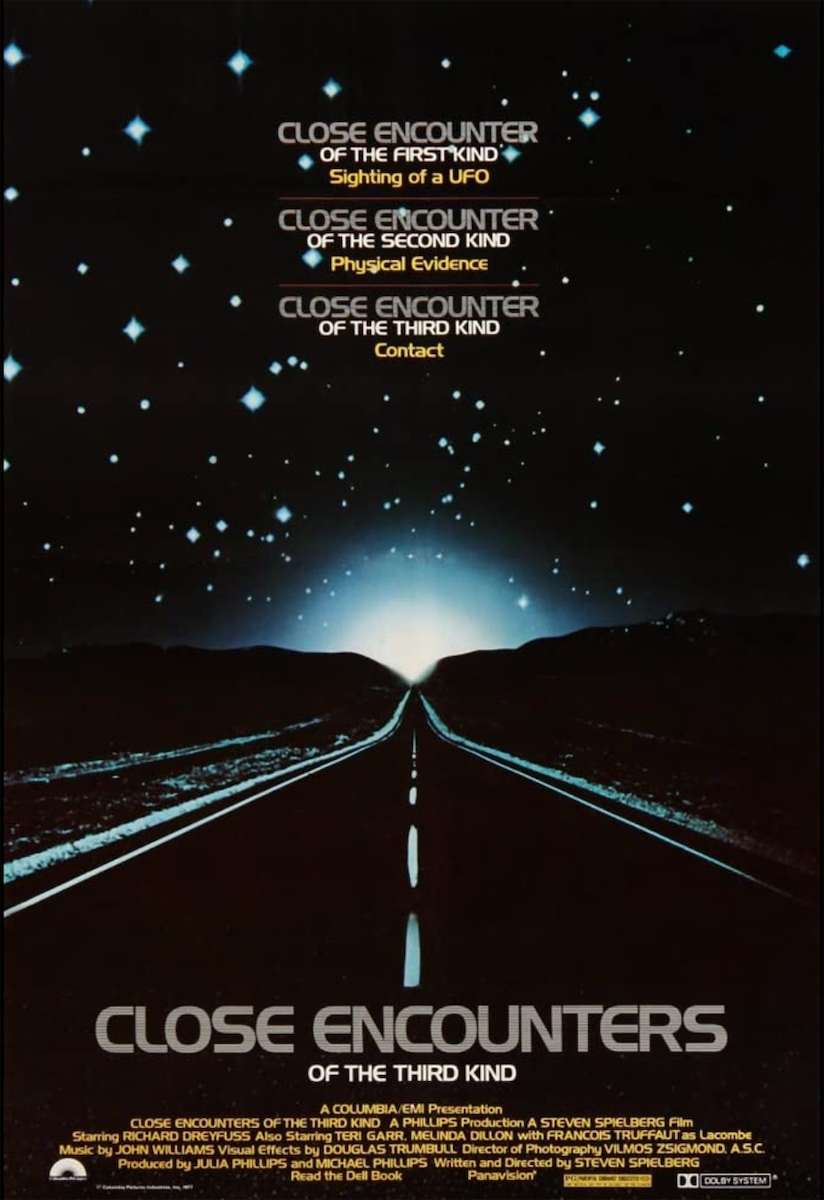In his 1972 book, The UFO Experience: A Scientific Enquiry, Professor J. Allen Hynek devised a sixfold classification for UFO sightings, ranked by proximity to the event. Popularized by Hollywood, Hynek’s system has endured as a framework for understanding unexplained aerial phenomena.
Hynek first outlined his UFO typology in a speech to the American Association for the Advancement of Science in December 1969.¹ In analyzing 21 years of UFO reports, he distinguished between unexplained aerial phenomena that took place at a distance and events that presented more useful and interesting data, which he called “close encounters.”

“I divide the close encounter cases into three subdivisions,” Hynek explained, “the close encounter with little detail; the close encounter with physical effects; and the close encounters in which ‘humanoids’ or occupants are reported .. This latter subgroup, of course, has the highest strangeness index and frightens away all but the most hardy investigator. I would be neither a good reporter nor a good scientist were I deliberately to reject data.”²
In the UFO Experience, Hynek articulated his six categories in more detail.
Nocturnal Lights: Lights in the night sky.
Daylight Discs: UFOs seen in the daytime, generally having discoidal or oval shapes.
Radar-Visual: UFO reports that have radar confirmation—these supposedly try to offer harder evidence that the objects are real, although radar propagation can be occasionally discredited due to atmospheric propagation anomalies.
Close Encounters of the First Kind: Visual sightings of an unidentified flying object, seemingly less than 500 feet (150 m) away, that show an appreciable angular extension and considerable detail.
Close Encounters of the Second Kind: A UFO event in which a physical effect is alleged; this can be interference in the functioning of a vehicle or electronic device, animals reacting, a physiological effect such as paralysis or heat and discomfort in the witness, or some physical trace like impressions in the ground, scorched or otherwise affected vegetation, or a chemical trace.
Close Encounters of the Third Kind: UFO encounters in which an animated entity is present—these include humanoids, robots, and humans who seem to be occupants or pilots of a UFO.

Hynek's scale became famous with the release of Steven Spielberg’s popular 1977 film, Close Encounters of the Third Kind. According to Hynek’s biographer Mark Connell, Spielberg required his production staff to read The UFO Experience. Spielberg first told Hynek that the movie was going to be called Watch the Skies, then changed his mind and adopted Hynek’s phrase The astronomer was paid $1,000 for the use of the title, another $1,000 for the rights to use stories from the book and $1,500 for three days of technical consulting. Hynek also had a brief cameo in the film, playing an awestruck scientist when the alien craft comes into view.³